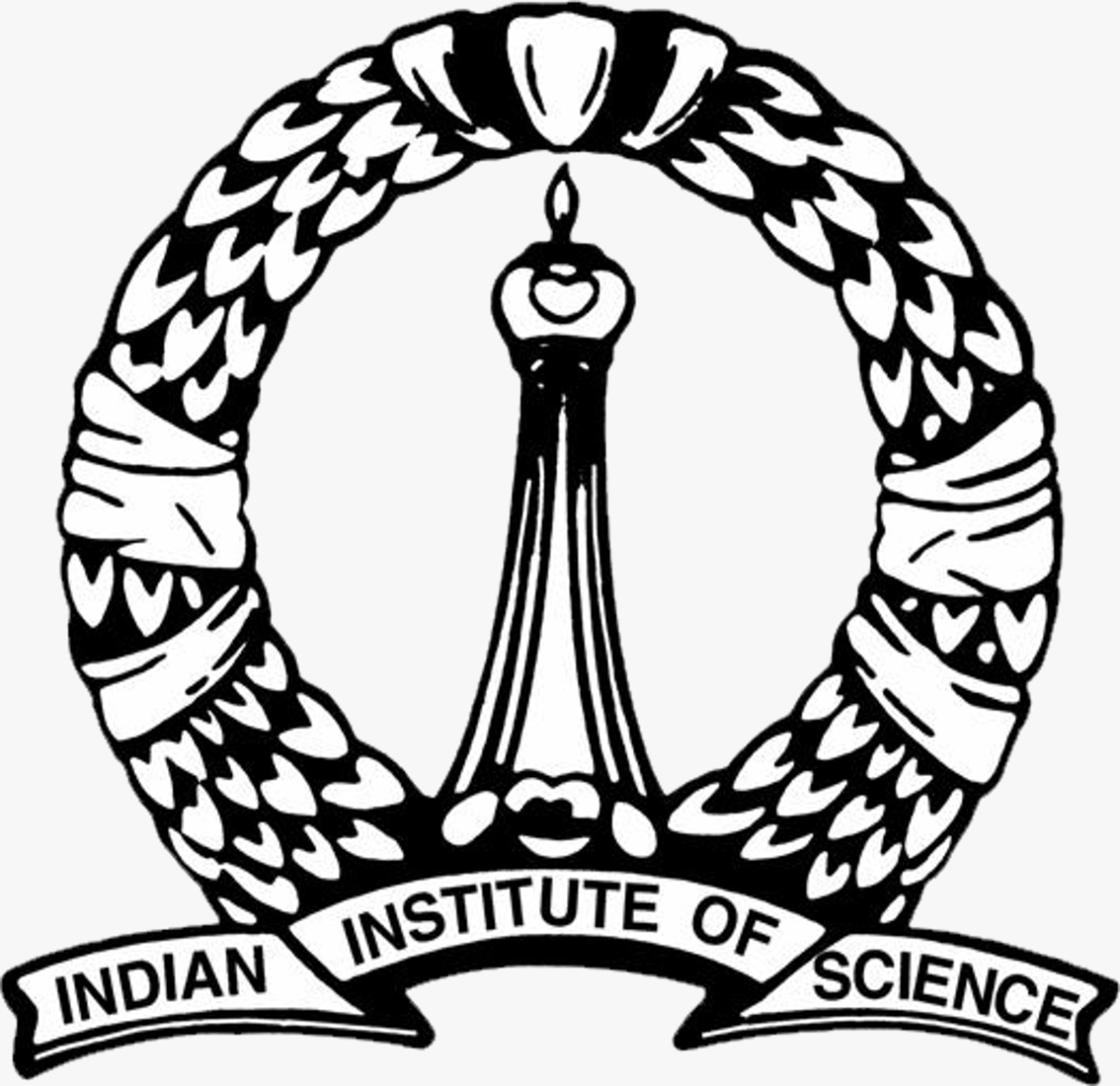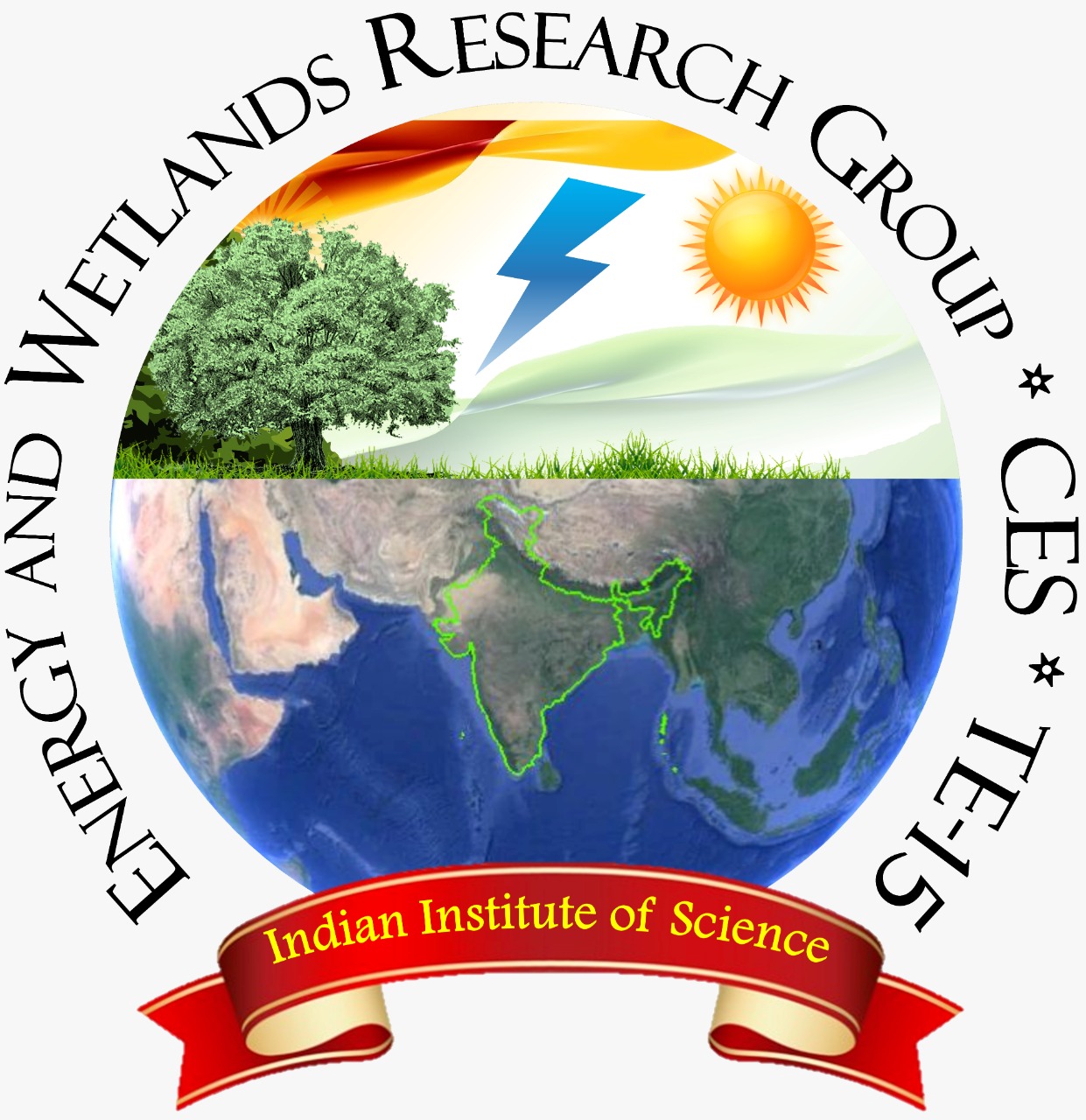|
References
- Ackah M., Anim A. K., Gyamfi E. T., Zakaria N., Hanson J., Tulasi D., Enti-Brown S., Saah-Nyarko E., Bentil N. O., Osei J. (2014); Uptake of heavy metals by some edible vegetables irrigated using wastewater: a preliminary study in Accra, Ghana; Environ Monit Assess 186:621–634. https://doi.org/10.1007/s10661-013-3403-0
- Ahalya N., Ramachandra T. V. (2006); Phytoremediation: Processes and Mechanisms; J. Ecobiol.18 (1) 33-38. http://wgbis.ces.iisc.ernet.in/energy/water/paper/phyto/welcome.htm
- Ali H., Khan E., Sajad M. A. (2013); Phytoremediation of heavy metals—Concepts and applications; Chemosphere 91 869–881. DOI: 10.1016/j.chemosphere.2013.01.075
- APHA (American Public Health Association) (1999); Standard methods for the examination of water and wastewater. Washington DC: American Public Health Association.
https://www.standardmethods.org/doi/book/10.2105/SMWW.2882 - ATSDR (1999a); Toxicological profile for cadmium and nickel. Agency for toxic substances and disease registry, US department of health and human services, public health service. 205-93-0606.
- ATSDR (1999b); Toxicological Profile for Lead. Agency for Toxic Substances and Disease Registry, US Department of Health and Human Services, Public Health Service. 205-93-0606.
- Awashthi, S. K. (2000); Prevention of food adulteration act no 37 of 1954. Central and state rules as amended for 1999 (3rd ed.). New Delhi: Ashoka Law House.
https://icsi.edu/media/portals/86/bare%20acts/The%20Prevention%20of%20Food%20Adulteration%20Act,%201954.pdf - Baker D. E., Senef J. P. (1995); Copper. In: Alloway BJ (ed), Heavy metals in soils, pp.179-205. Blackie Academic and Professional, London. DOI: 10.1007/s00128-015-1622-5
- Brooks R. R. (1998); Plants that hyperaccumulate heavy metals. CAB International, Wallingford, 84.
- Cadmium exposure and humans. 8th International cadmium Conference, 10–13 November, 2011. Kunming, China. www.cadmium.org accessed 12 July, 2012.
https://www.cadmium.org/environment/cadmium-exposure-and-human-health - Campos V. M., Merino I., Casado R., Pacios L. F., Gómez L. (2008); Review, Phytoremediation of organic pollutants; Spanish Journal of Agricultural Research, 6 (Special issue), 38-47.
http://dx.doi.org/10.5424/sjar/200806S1-372 - Demirezen, D., Ahmet, A. (2006); Heavy metal levels in vegetables in Turkey are within safe limits for Cu, Zn, Ni and exceeded for Cd and Pb, J. Food Qual., 29:252-265. DOI: 10.1111/j.1745-4557.2006.00072.x
- Dhir B. (2010); Use of aquatic plants in removing heavy metals from wastewater. Int. J. Environ. Eng. 2(1/2/3):185–201. DOI: 10.1504/IJEE.2010.029827
- Dhir B., (2013); Phytoremediation: Role of Aquatic Plants in Environmental Clean- Up; Springer India; India. https://link.springer.com/book/10.1007/978-81-322-1307-9
- Mahapatra D M, Chanakya H.N., Ramachandra. T.V, (2013); Treatment efficacy of algae-based sewage treatment plants, Environmental Monitoring and Assessment, pp. 1-20.
https://doi.org/10.1007/s10661-013-3090-x - European Union. (2002); Heavy metals in wastes—European Commission on Environment. http://ec.europa.eu/environment/waste/studies/pdf/heavymetalsreport.pdf>.
- FAO (1985); Water quality for agriculture; Irrigation and Drainage, Paper 29 Rev 1, FAO, Rome, p. 174. http://www.fao.org/3/t0234e/t0234e00.htm
- Farooq M., Anwar F., Rashid U. (2008); Appraisal of heavy metal contents in different vegetables grown in the vicinity of an industrial area, Pak. J. Bot., 40(5):2009-2016.
https://agris.fao.org/agris-search/search.do?recordID=PK2011000409 - Fox L. J., Struik P. C., Appleton B. L., Rule J. H. (2008); Nitrogen Phytoremediation by Water Hyacinth (Eichhornia crassipes (Mart.) Solms); Water Air Soil Pollut 194:199–207.DOI: 10.1007/s11270-008-9708-x
- Guertin, J., Jacobs, J. A., Avakian, C. P. (2004); Chromium (VI), Handbook (p. 800). Boca Raton: CRC Press. https://doi.org/10.1201/9780203487969
- Gupta N., Khan D. K., Santra S. C. (2012); Heavy metal accumulation in vegetables grown in a long-term wastewater-irrigated agricultural land of tropical India; Environ Monit Assess 184:6673–6682.
DOI: 10.1007/s10661-011-2450-7 - Hopkins W. G., Norman P. A. Huner (2009); Introduction to plant physiology, 4th edition, John Wiley and Sons; page- 54. ISBN: 978-0-470-24766-2
- Jackson, A. P., Alloway, B. J. (1991); The transfer of cadmium from sewage-sludge amended soils into the edible components of food crops, Water, Air and Soil Pollution, 57-58(1):873-881.
- Jayadev, Puttaih E. T. (2013); Assessment of heavy metals uptake in leafy vegetables grown on long term wastewater irrigated soil across Vrishabhavathi River, Bangalore, Karnataka, IOSR Journal of Environmental Science, Toxicology and Food Technology (IOSR-JESTFT) e-ISSN: 2319-2402, p- ISSN: 2319-2399. Volume 7, Issue 6, PP 52-55.
https://www.iosrjournals.org/iosr-jestft/papers/vol7-issue6/I0765255.pdf - Jumbe A. S., Nandini N. (2009); Impact assessment of heavy metals pollution of Varthur Lake, Bangalore; Journal of Applied and Natural Science 1(1): 53-61.DOI: 10.31018/jans.v1i1.35
- Luo C., Liu C., Yan Wang, Xiang Liu, Fangbai Li, Gan Zhang, Xiangdong Li (2011); Heavy metal contamination in soils and vegetables near an e-waste processing site, south China; Journal of Hazardous Materials 186 481–490
doi:10.1016/j.jhazmat.2010.11.024 - Mahapatra, D.M., Chanakya, H.N., Ramachandra, T.V. (2011) Assessment of treatment capabilities of Varthur Lake, Bangalore, India, Int. J. Environmental Technology and Management, Vol. 14, Nos. 1/2/3/4, pp.84–102. DOI: 10.1504/IJETM.2011.039259
- Marschner H (1995); Mineral nutrition of higher plants; Academic, San Diego, p 889.
https://www.elsevier.com/books/mineral-nutrition-of-higher-plants/marschner/978-0-08-057187-4 - Meagher R. (2000): Phytoremediation of toxic elemental and organic pollutants; Curr. Opin. Plant Bio 3(2) 153-162.DOI: 10.1016/s1369-5266(99)00054-0
- Monu, A., Bala, K., Shweta, R., Anchal, R., Barinder, K., Neeraj, M. (2008); Heavy metal accumulation in vegetables irrigated with water from different sources. Environmental Monitoring and Assessment 186(1), DOI: 10.1007/s10661-013-3403-0
- Morgan, S. (2010); Food sources of chromium. www.livestrong.com/article/344087-food-sources-chromium/
- Mitsch W. J., Gosselink J. G. (2000); Wetlands, 2nd Ed., Van Nostrand Reinhold, U. S. A.
https://doi.org/10.1002/rrr.637 - Naser H. M., N., Shil, C. N., Mahmud, U. M., Rashid, H. Hossain, K. M. (2009), “Lead, cadmium and nickel contents of vegetables grown in industrially polluted and non-polluted areas of Bangladesh”, Bangladesh J. Agri. Res., 34(4):545-554.
- Passatore L., Rossetti S., Asha A. Juwarkar, Angelo Massacci (2014); Phytoremediation and bioremediation of polychlorinated biphenyls (PCBs): State of knowledge and research perspectives; Journal of Hazardous Materials 278, 189–202. DOI: 10.1016/j.jhazmat.2014.05.051
- Pescod, M. B. (1992); Wastewater treatment and use in agriculture. FAO Irrigation and Drainage Paper 47. Rome: Food and Agriculture Organization of the United Nations. http://www.fao.org/3/t0551e/t0551e00.htm
- Ramachandra T V, Asulabha K S, Bharath H. Aithal, Bharath Settur, Durga Madhab Mahapatra, Gouri Kulkarni, Harish R. Bhat, Sincy Varghese, Sudarshan P. Bhat, Vinay S. (2014); Environment Monitoring in the Neighbourhood, ENVIS Technical Report 77, Environmental Information System, CES, Indian Institute of Science, Bangalore 560012.
http://wgbis.ces.iisc.ac.in/energy/lake2016/teacher-student-corner/ETR77.pdf - Ramachandra T. V., Alakananda B., Ali Rani, Khan M. A. (2011); Ecological and Socio-Economic Assessment of Varthur Wetland, Bengaluru (India); J Environ Science and Engg. Vol 53 No. 1, 101-108.
PMID: 22324154 - Ramachandra T.V., Durga Madhab Mahapatra, Sudarshan P. Bhat, Asulabha K.S., Sincy Varghese, Bharath H. Aithal, (2014). Integrated Wetlands Ecosystem: Sustainable Model to Mitigate Water Crisis in Bangalore, ENVIS Technical Report 76, Environmental Information System, CES, Indian Institute of Science, Bangalore 560012.
http://wgbis.ces.iisc.ernet.in/biodiversity/pubs/ETR/ETR76/index.html - Ramesh H. L., Murthy V. N. Y. (2012); Assessment of Heavy Metal Contamination in Green Leafy Vegetables Grown in Bangalore Urban District of Karnataka, Advances in Life Science and Technology, ISSN 2224-7181 Vol 6.
http://citeseerx.ist.psu.edu/viewdoc/download?doi=10.1.1.892.897&rep=rep1&type=pdf - Rungwa S., Arpa G., Sakulas H., Harakuwe A., Tim D. (2013); Phytoremediation − An Eco-Friendly and Sustainable Method of Heavy Metal Removal from Closed Mine Environments in Papua New Guinea, Procedia Earth and Planetary Science 6 269 – 277.
DOI: 10.4172/2380-2391.1000195 - Sharma R. K., Agrawal M., Marshall F. M. (2009); Heavy metals in vegetables collected from production and market sites of a tropical urban area of India; Food and Chemical Toxicology 47 583–591.
DOI: 10.1016/j.fct.2008.12.016 - Sun Z., Chen J., Wang X., Lv C. (2016); Heavy metal accumulation in native plants at a metallurgy waste site in rural areas of Northern China; Ecological Engineering 86 60–68. DOI: 10.1016/j.ecoleng.2015.10.023
- Suruchi, Pankaj, K. (2011); Assessment of heavy metal contamination in different vegetables grown in and around urban areas, Research Journal of Environmental Toxicology, 5(3), 162–179.
DOI: 10.3923/rjet.2011.162.179 - Taiz L., Zeiger E. (2003); Plant Physiology, 3rd edition; Sinauer Associates, Annals of Botany Company. doi: 10.1093/aob/mcg079
- Todd, G. C. (1996); Vegetables grown in mine wastes, Environmental Toxicology and Chemistry, 19(3), 600–607.
- Varalakshmi L. R., Ganeshamurthy A. N. (2010); Heavy metal contamination of water bodies, soils and vegetables in peri urban areas of Bangalore city of India; 19th World Congress of Soil Science, Soil Solutions for a Changing World.
https://www.iuss.org/19th%20WCSS/Symposium/pdf/1614.pdf - Wang J., Liu R., Ling M., Yu P., Tang A. (2010); Heavy Metals Contamination and its Sources in the Luoyuan Bay; Procedia Environmental Sciences 2 1188–1192.DOI: 10.1016/j.proenv.2010.10.128
- Wierzbica, M. (1995); How lead loses its toxicity to plants. Acta Societtatis Botanicorum Poloniae, 64, 81–90.
https://pbsociety.org.pl/journals/index.php/asbp/article/view/asbp.1995.012/762 - Ye W-L., Khan M. A., McGrath S. P., Zhao F. J. (2011); Phytoremediation of arsenic contaminated paddy soils with Pteris vittata markedly reduces arsenic uptake by rice; Environmental Pollution 159 3739-3743. DOI: 10.1016/j.envpol.2011.07.024
|

